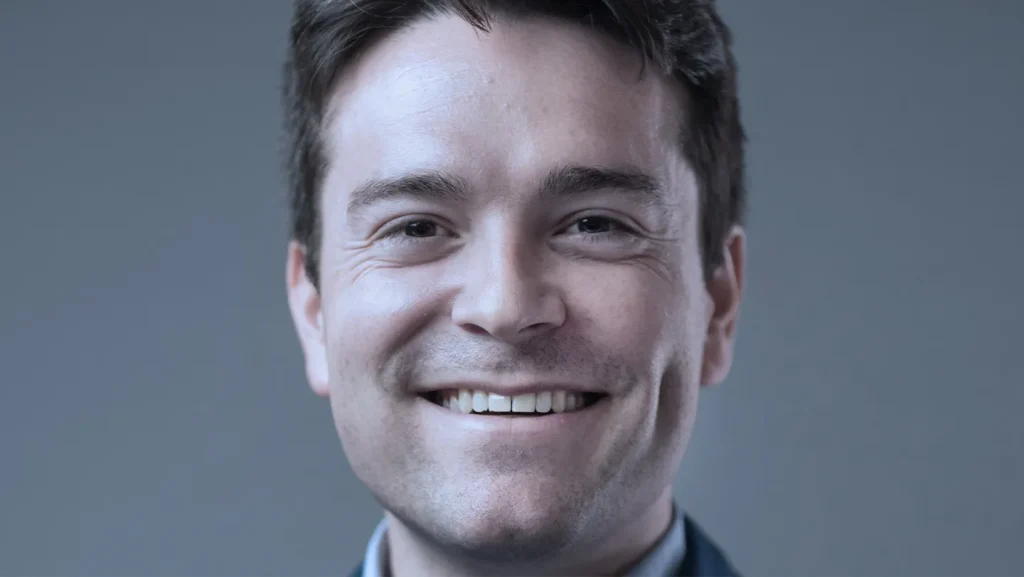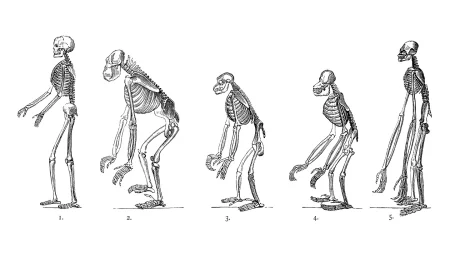The Quest for the Photon Ring: How Alex Lupsasca’s Vision Could Revolutionize Black Hole Science
Imagine staring into the abyss of space and seeing not just darkness, but a perfect ring of light encircling a cosmic void. This isn’t science fiction—it’s the photon ring, a theoretical halo that should surround every black hole in the universe. While we’ve captured the first images of black holes’ shadows in recent years, theoretical physicist Alex Lupsasca believes we’re just scratching the surface of what we could see. He’s championing an ambitious mission: to build a specialized space telescope capable of revealing the thin, luminous ring that theory predicts exists around these cosmic monsters. This delicate circle of light, created by photons orbiting the black hole multiple times before reaching our instruments, could unlock profound secrets about the nature of gravity, spacetime, and even quantum physics.
The significance of Lupsasca’s pursuit extends far beyond capturing another pretty cosmic picture. Black holes represent the ultimate laboratories for testing Einstein’s theory of general relativity under extreme conditions. The photon ring, unlike the diffuse glow we’ve seen in current black hole images, is a precise mathematical structure—a perfect circle when viewed face-on, regardless of the messy astrophysical details of what’s falling into the black hole. This pristine geometric feature emerges from the fundamental equations governing gravity and light, offering what Lupsasca describes as “a clean probe of the underlying spacetime geometry.” By measuring the exact shape, size, and brightness pattern of this ring, scientists could potentially confirm Einstein’s predictions with unprecedented precision or, more tantalizingly, discover subtle deviations that point to new physics beyond our current understanding.
What makes this scientific quest particularly compelling is the human story behind it. Lupsasca, who divides his time between Harvard University and Vanderbilt University, embodies the passionate curiosity driving modern physics. His journey began with mathematical explorations of black hole theory, but has evolved into a practical campaign to convince space agencies and fellow scientists to invest in this vision. “Every black hole in the universe should have this ring,” Lupsasca explains with the enthusiasm of someone who sees beauty in cosmic symmetry. “It’s universal—a fingerprint of the spacetime itself.” His advocacy has begun gaining traction, with preliminary mission concepts being developed and growing interest from both NASA and international partners. The proposed telescope would need to operate in space, using radio waves and forming an “interferometer” thousands or even millions of times larger than Earth to achieve the necessary resolution.
The challenges facing this ambitious project are as immense as the black holes it aims to study. Current technology would need significant advancement to capture the photon ring, which requires approximately ten times better resolution than existing images. This means deploying multiple satellites across vast distances, synchronizing their observations with incredible precision, and developing new methods to process the resulting data. The cost would likely run into billions of dollars, making it a major international undertaking requiring political will as well as scientific vision. Yet Lupsasca and his colleagues argue the investment would yield dividends far beyond black hole science. The technological innovations required—in areas like precision formation flying, ultra-stable clocks, and quantum-limited detectors—would advance everything from Earth observation to navigation systems to fundamental physics experiments.
Perhaps most compelling is how this quest connects to humanity’s deeper relationship with the cosmos. Black holes have captured public imagination like few other scientific concepts, transitioning from theoretical curiosities to objects we can now “see” through our technological extensions. The photon ring represents the next frontier in this relationship—a perfect circle of light emerging from what appears to be absolute darkness. There’s something poetically significant about human beings, creatures of light and limited lifespans, using our collective intelligence to perceive these eternal geometric patterns encoded in the fabric of spacetime. As Lupsasca points out, “This would be the most precise test of Einstein’s theory around black holes,” but it’s also something more: a testament to our species’ determination to comprehend the universe, even its most extreme and mysterious manifestations.
While success is not guaranteed, the pursuit itself demonstrates the best qualities of scientific ambition. The proposed mission would not yield results quickly—it might take a decade or more to design, build, launch and operate such a telescope. Yet its potential legacy could span centuries, providing humanity’s first glimpse of what Einstein’s equations predicted but he himself never imagined we could actually see. “We’re on the threshold of being able to see something truly fundamental,” Lupsasca says. Whether or not his particular vision comes to fruition in exactly the form he imagines, the quest to observe the photon ring represents science at its most inspiring—where mathematical beauty, technological innovation, and human curiosity converge in the shared project of understanding our universe. If successful, that perfect circle of light around darkness might become one of the most iconic images in the history of science, changing forever how we visualize and comprehend the cosmic abyss.














